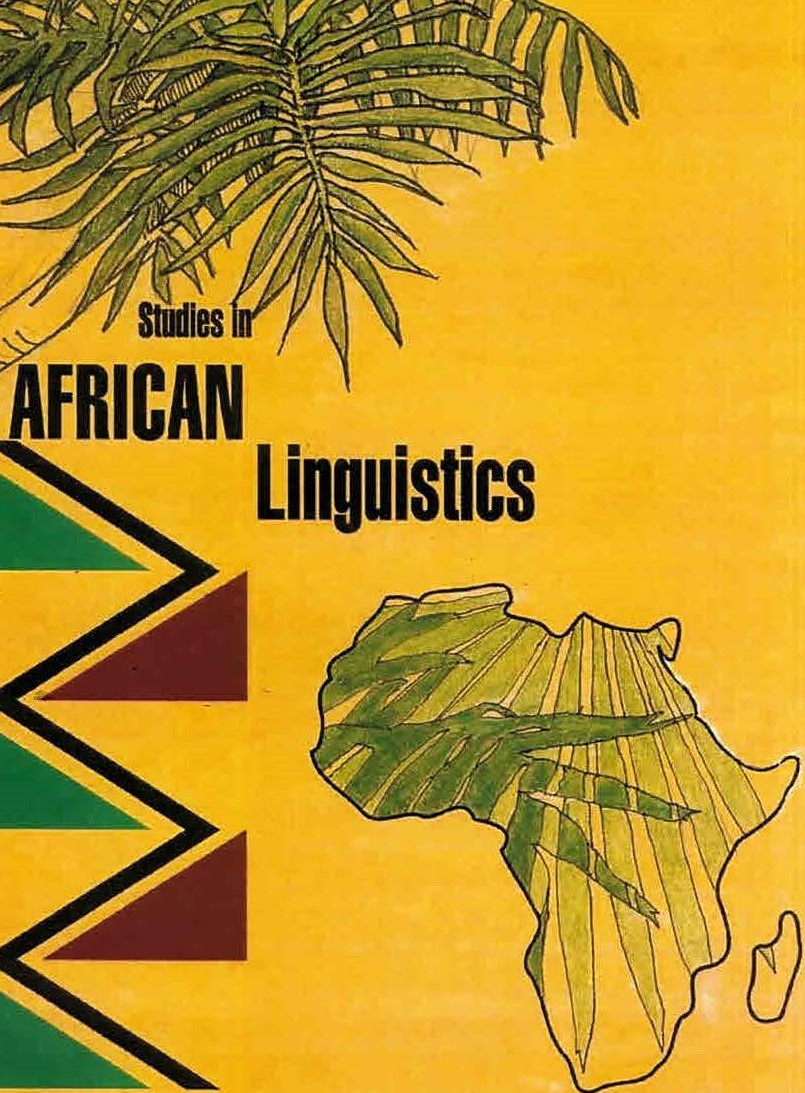The combinatorial patterns of twá 'to cut' in Asante-Twi (Akan):
Multiple senses or contextual modulations?
DOI:
https://doi.org/10.32473/sal.51.2.127839Keywords:
combinatorial patterns, separation verbs, contextual interpretations, argument structure constructions, Asante-TwiAbstract
Cross-linguistically, verbs have combinatorial patterns. When the semantics of a verb combines with the semantics of its internal arguments, different interpretations are derived. These interpretations can be literal or non-literal (Ameka 2019; Spalek 2015; Rappaport Hovav 2014; Bobuafor 2013, 2018; Levin and Rappaport Hovav 2013; Ameka and Essegbey 2007; Levin 1993). Using data collected from written texts, video-stimuli descriptions, spontaneous utterances and native-speaker intuitions, this paper explores the potential combinatorial patterns of twá ‘to cut’ in Asante-Twi (Akan, Kwa-Niger Congo). I show that the verb combines with different types of internal arguments, in different argument structure constructions to derive multiple interpretations. Taking into consideration the fact that “natural language tries to minimize polysemy” (Levin and Rappaport Hovav 2013: 2), I propose a univocal lexical semantics for twá ‘to cut’ and show that its basic semantics is kept constant even in non-prototypical contexts. I argue that the use of twá ‘to cut’ in non-prototypical contexts represent contextual modulations of the verb’s single meaning. Following Spalek (2015) and Ameka (2019), I suggest that such contextual interpretations should be analysed compositionally, paying attention to the verb’s internal arguments as well as the argument structure constructions in which it occurs.
Metrics
Downloads
Published
Versions
- 2023-02-22 (2)
- 2023-02-21 (1)
Issue
Section
License
Copyright (c) 2023 Dorothy Pokua Agyepong

This work is licensed under a Creative Commons Attribution-NonCommercial 4.0 International License.


